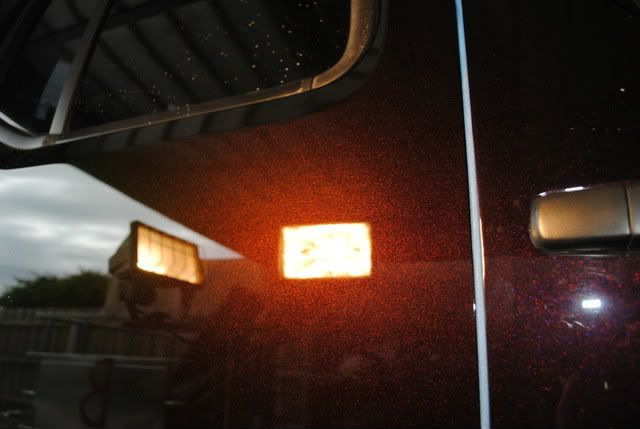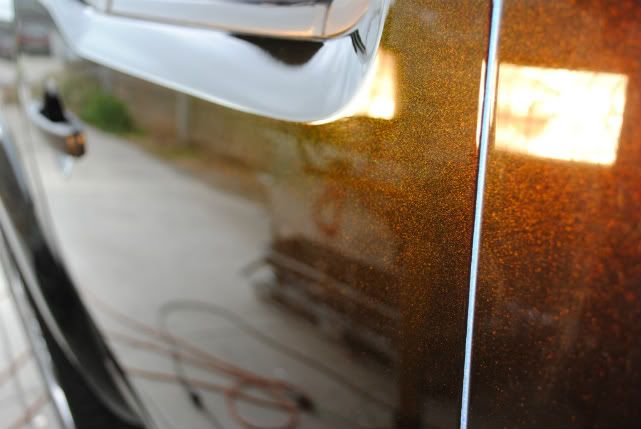I interested to know how often people are resorting to Colour/Wet sanding, even on those jobs that are not true or full corrections?
I find myself reaching for sand paper or discs more and more these days even when it's not covered in the cost or price, nothing worse than seeing that one mark or scratch tormenting you as you work.
Cheers Daniel
I find myself reaching for sand paper or discs more and more these days even when it's not covered in the cost or price, nothing worse than seeing that one mark or scratch tormenting you as you work.
Cheers Daniel




